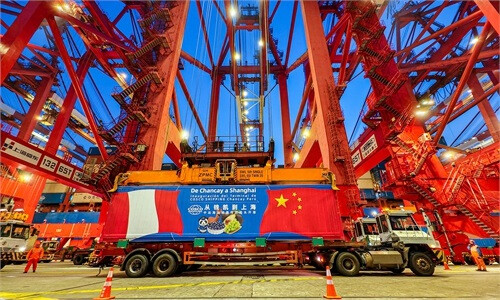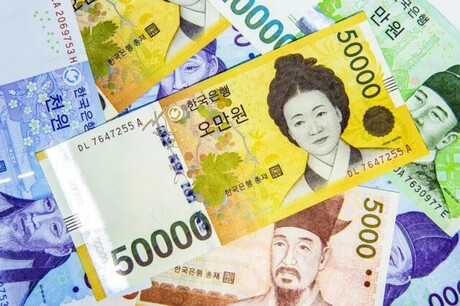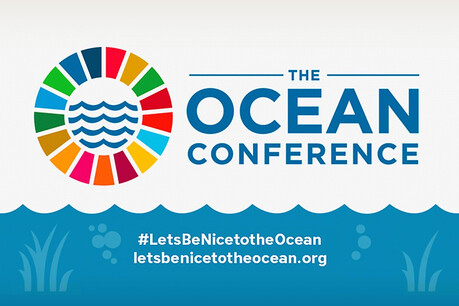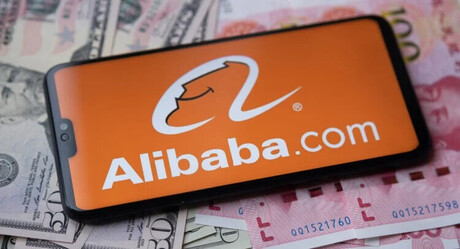
Lima, Peru – Peru is pursuing high-level discussions with the Chinese and Brazilian governments to advance a transcontinental railway project that would link its Pacific coast with Brazil's Atlantic coast. Peru's Ministry of Economy and Finance announced on Tuesday (local time) via social media platform X that Minister Raúl Pérez Reyes met with Chinese representatives and underscored the importance of coordinating trilateral meetings among the Brazilian and Peruvian governments, and the Chinese delegation. This signals a reignition of a massive infrastructure project with the potential to fundamentally alter the logistics landscape of the South American continent.
Chancay Port Opening Fuels Transcontinental Railway Discussions
Reuters reported that Peru's Ministry of Economy and Finance stated on Monday that it would push for high-level meetings with China and Brazil to advance the bi-oceanic railway project. As of now, the Chinese Embassy in Peru has not responded to Global Times' request for details on the meetings.
This move is closely tied to the opening of Peru's Chancay Port, constructed by the Chinese state-owned enterprise COSCO Shipping Ports Ltd. Located approximately 60km north of Lima, the capital of Peru, Chancay Port is the largest deep-water port in South America, with an investment of approximately $3.6 billion (about 5 trillion won). It can accommodate ultra-large container ships of up to 24,000 TEU. Scheduled to open in November 2024, it is expected to become a new hub for Asia-South America trade upon completion.
Wang Youming, Director of the Institute of Developing Countries at the China Institute of International Studies, stated that the opening of Chancay Port has rekindled interest from Brazil and Peru in strengthening connectivity with China. He added that Peru's current initiative will help advance the transcontinental railway project.
In its X post, Peru's Ministry of Economy and Finance stated that Minister Reyes met with Chinese representatives and emphasized the importance of coordinating trilateral meetings to advance the bi-oceanic interconnection project, which includes a railway connection to Pucallpa. Pucallpa is a major inland port city located in the Peruvian Amazon basin, with a geographical advantage for connecting to the Brazilian Amazon region.
A Decade-Long Vision Enters a New Phase
Plans to establish a faster Pacific route for Brazil-China trade have been under discussion since 2014. Initially, a route via Chile was considered, but media reports indicate that the development of Chancay Port and other infrastructure over the past few years has opened up a new route through Peru.
Wang Youming noted that following the opening of Chancay Port, Brazil has recognized significant opportunities to strengthen its connectivity with China. He stated that the Brazilian government has recently expressed strong interest in rekindling the transcontinental railway project. Wang emphasized that China's infrastructure construction capabilities, equipment manufacturing technology, and railway construction experience are world-class, making it an ideal partner for both Brazil and Peru.
Indeed, during his state visit to China from May 10 to 14, Brazilian President Luiz Inácio Lula da Silva expressed his commitment to cooperation with China, stating, "Our relationship with China is very strategic. We want to attract more investment to Brazil. We want more railways, more subways, more technology."
Jorge Viana, CEO of the Brazilian Trade and Investment Promotion Agency (ApexBrasil), who accompanied President Lula on his trip to China, told Global Times on May 12 that the transcontinental railway has a very high probability of becoming a reality in the future. Viana described the railway as an alternative to the Panama Canal, explaining that its construction would allow Brazilian goods to be directly transported from Peru to China's Shanghai Port, eliminating the need for detours. Currently, shipping from southern Brazilian ports to the Pacific takes almost 20 additional days, Viana added.
On April 16, João Villaverde, Brazil's Secretary for Institutional Coordination of the Ministry of Planning, posted on social media that a Chinese delegation, including officials from China State Railway Group and China's Ministry of Transport, visited Brazil to discuss key infrastructure projects, including the railway project connecting the Peruvian Chancay mega-port with South America. According to the South China Morning Post, the Brazilian President's Office stated that the Chinese delegation inspected several projects across Brazil during their seven-day visit in April and expressed interest in investment opportunities related to the 'Bioceanic Corridor', a proposed transport route connecting Brazil to the Pacific.
Challenges and Opportunities, and China's Influence
The Peru-Brazil transcontinental railway project holds the potential to transform the South American landscape, but it also faces significant challenges. In 2015, China, Brazil, and Peru agreed to conduct a joint feasibility study for the railway's construction. However, the project made little progress due to the geographical difficulties of traversing the rugged Andes mountains, strong opposition from environmental groups to a route through the Amazon rainforest, and concerns over the immense construction costs and economic viability. At the time, the estimated project cost was over $10 billion, and political instability in Brazil and Peru also contributed to delays.
However, the opening of Chancay Port has changed the situation. Chancay Port is considered one of the Belt and Road Initiative (BRI) strongholds in Latin America, and China aims to expand its economic and political influence in the region through it. With vast capital and advanced infrastructure construction technology, China is strengthening cooperation with South American countries, challenging the existing U.S.-led order.
Some interpret China's involvement in such large-scale infrastructure projects, despite Brazil not officially participating in the BRI, as a demonstration of its willingness to continue cooperation based on actual economic and strategic interests, regardless of the "Belt and Road" designation. Notably, Brazil is one of China's largest trading partners and desperately needs efficient logistics routes for its agricultural exports.
If the transcontinental railway connecting Peru and Brazil becomes a reality, it could bring about a revolutionary change in Asia-South America trade. Currently, exporting goods from major Brazilian ports on the Atlantic coast to China requires passing through the Panama Canal or circumnavigating the Cape of Good Hope, which incurs significant time and cost. The construction of this railway would allow major Brazilian exports such as soybeans and iron ore to be transported much faster to Asian markets via Peru's Pacific coast ports. This is expected to maximize logistics efficiency, reduce transportation costs, and inject significant vitality into the South American economy.
This project also has the potential to strengthen intra-South American connectivity and particularly boost the development of the Amazonian interior. However, challenges such as environmental concerns, indigenous rights issues, and the transparency of funding mechanisms remain to be addressed.
The high-level talks among Peru, Brazil, and China will be a crucial milestone in determining the future of this monumental project. If their cooperation is successful, South America could open up new economic horizons and play an even more significant role in the global supply chain.
[Copyright (c) Global Economic Times. All Rights Reserved.]




























